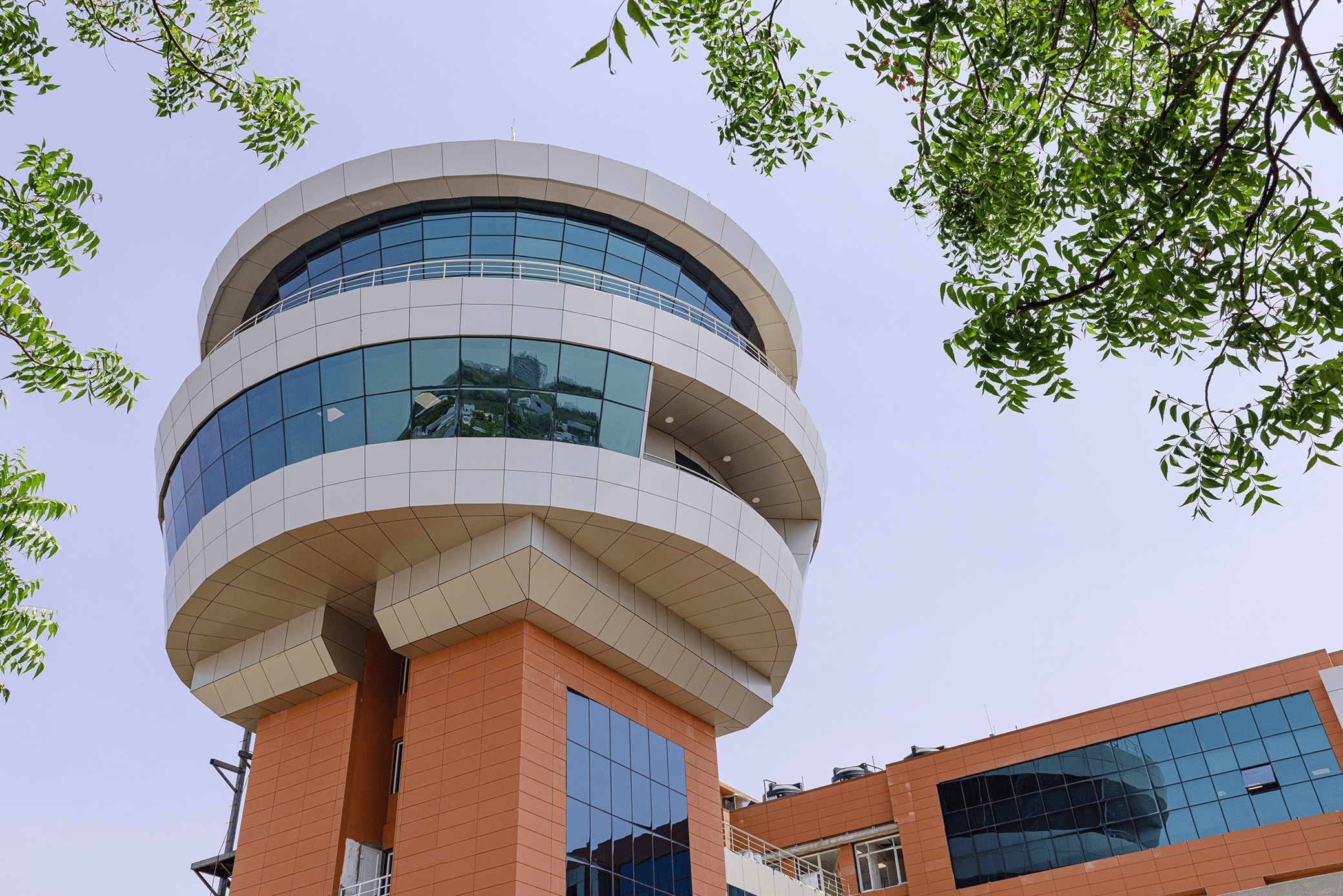This blog is not available.
POPULAR POSTS
CATEGORIES
- Aluminium Compsoite panel 39
- ACP Sheet 165
- ACP Facade 7
- Copper Aluminium Sheet 1
- Fire Safety For Buildings 3
- ACP Cladding 12
- Colour Coated Aluminium Coil 2
- Aluminium Corrugated Composite Panel 1
- Facades 6
- Aluminium Honeycomb Panel 5
- Fire Retardant 5
- Zinc Composite Panel 4
- Corten Steel Series 1
- Metal Abstract Series 3
- Wooden ACP Sheet 1
- HPL Sheet 3
- Viva ACP Colour Coating 1
- Wall Cladding 2
- Applications of ACP Panel 1
- Viva ACP 13
- ACP Sheets for Architectural Projects 3
- PVDF vs Polyester 1
- ACP Sheets For Showroom 1
- Viva ACP on International Market 1
- Viva royal club app 1
- ACP Sheets for Branding Corporates 1
- Shades of Santa Fe 1
- Al Zinc Series 1
- ACP Sheet Sizes and Thicknesses 1





 en
en
 Spanish
Spanish Arabic
Arabic Swahili
Swahili French
French

